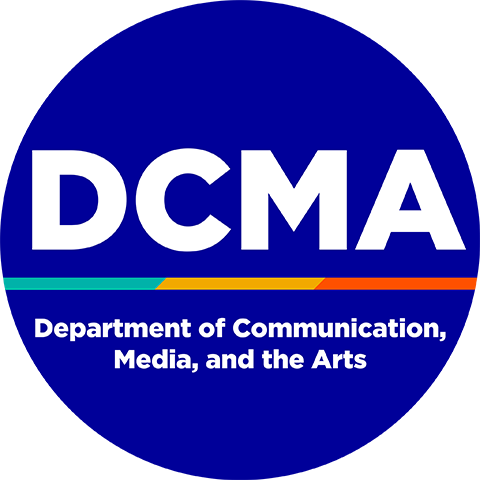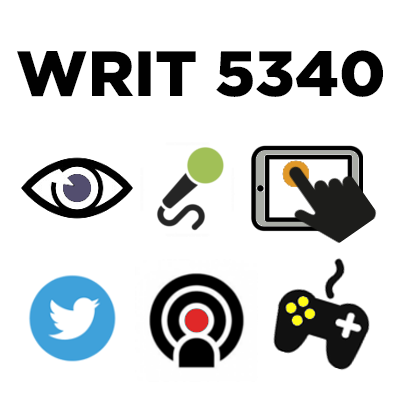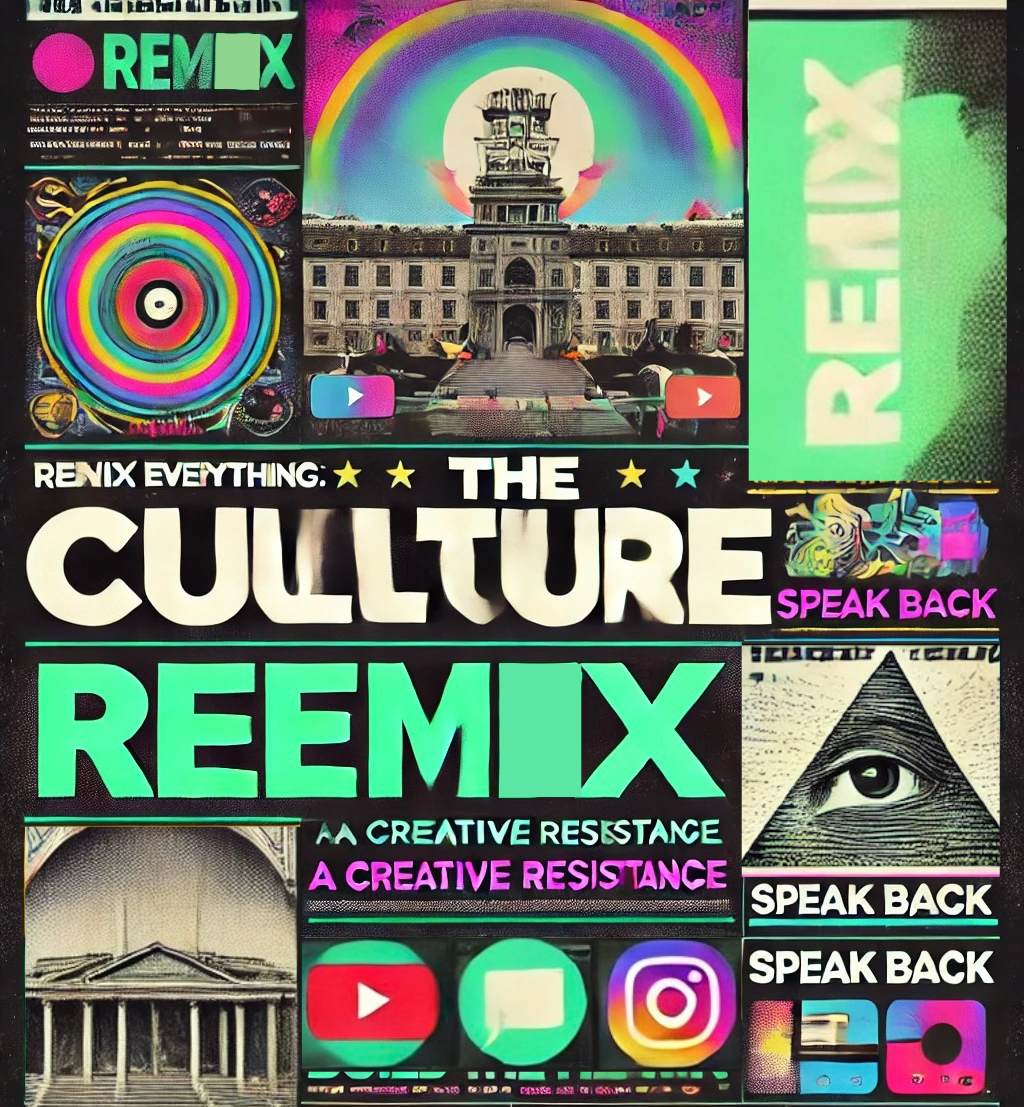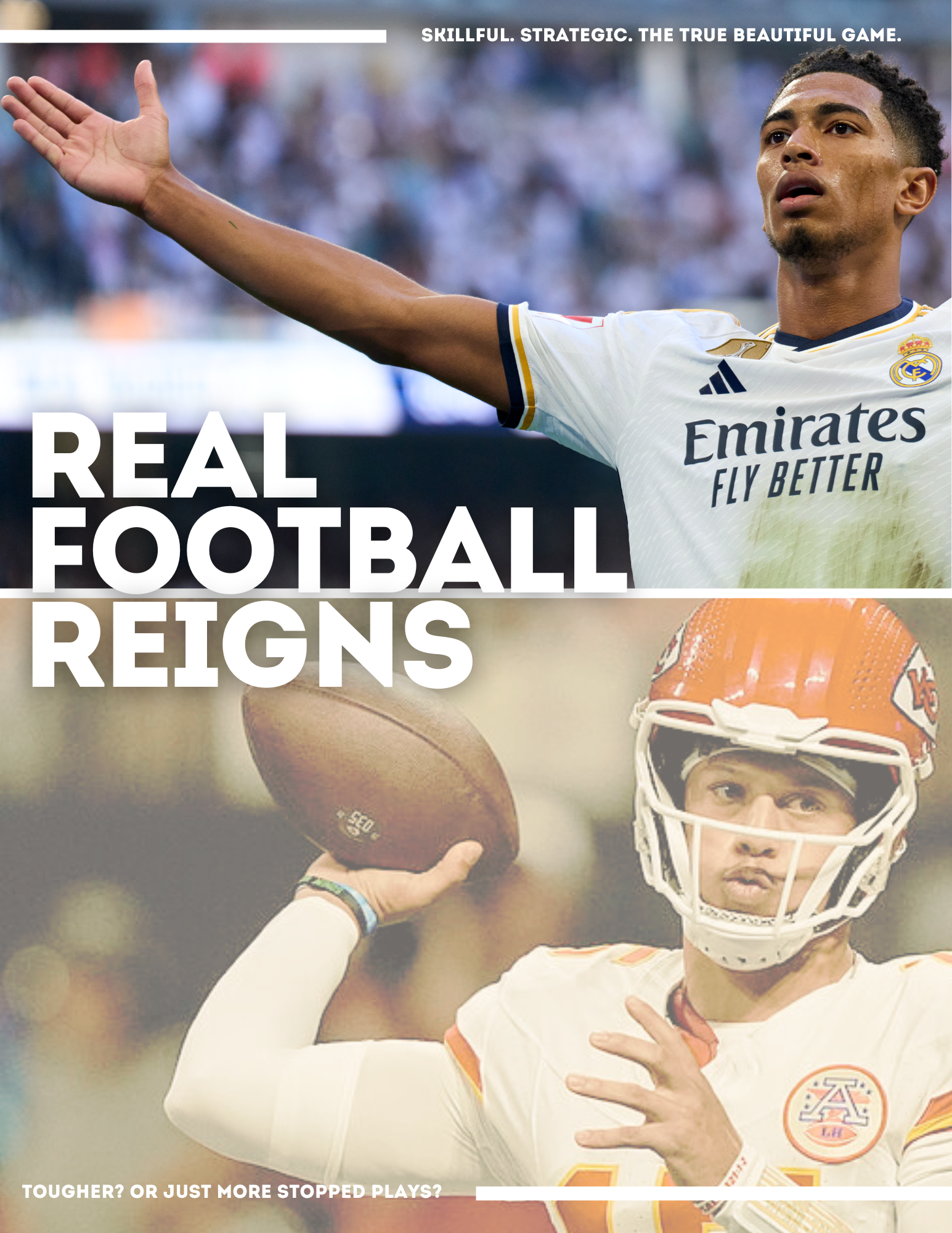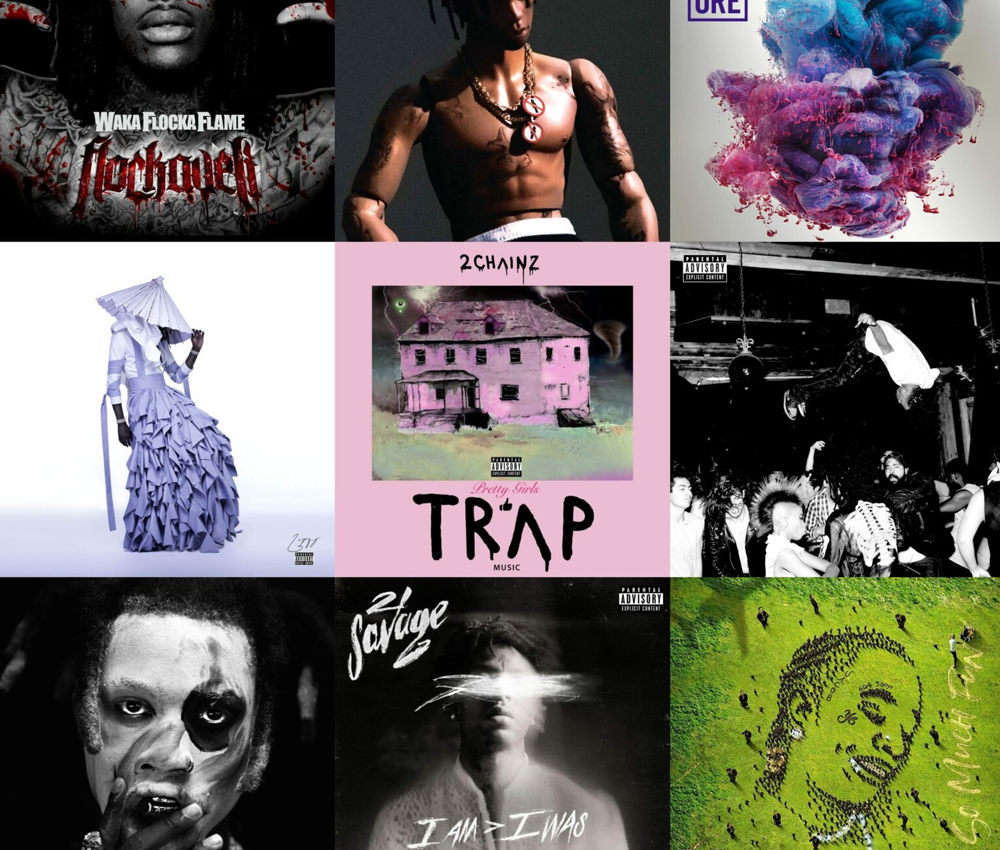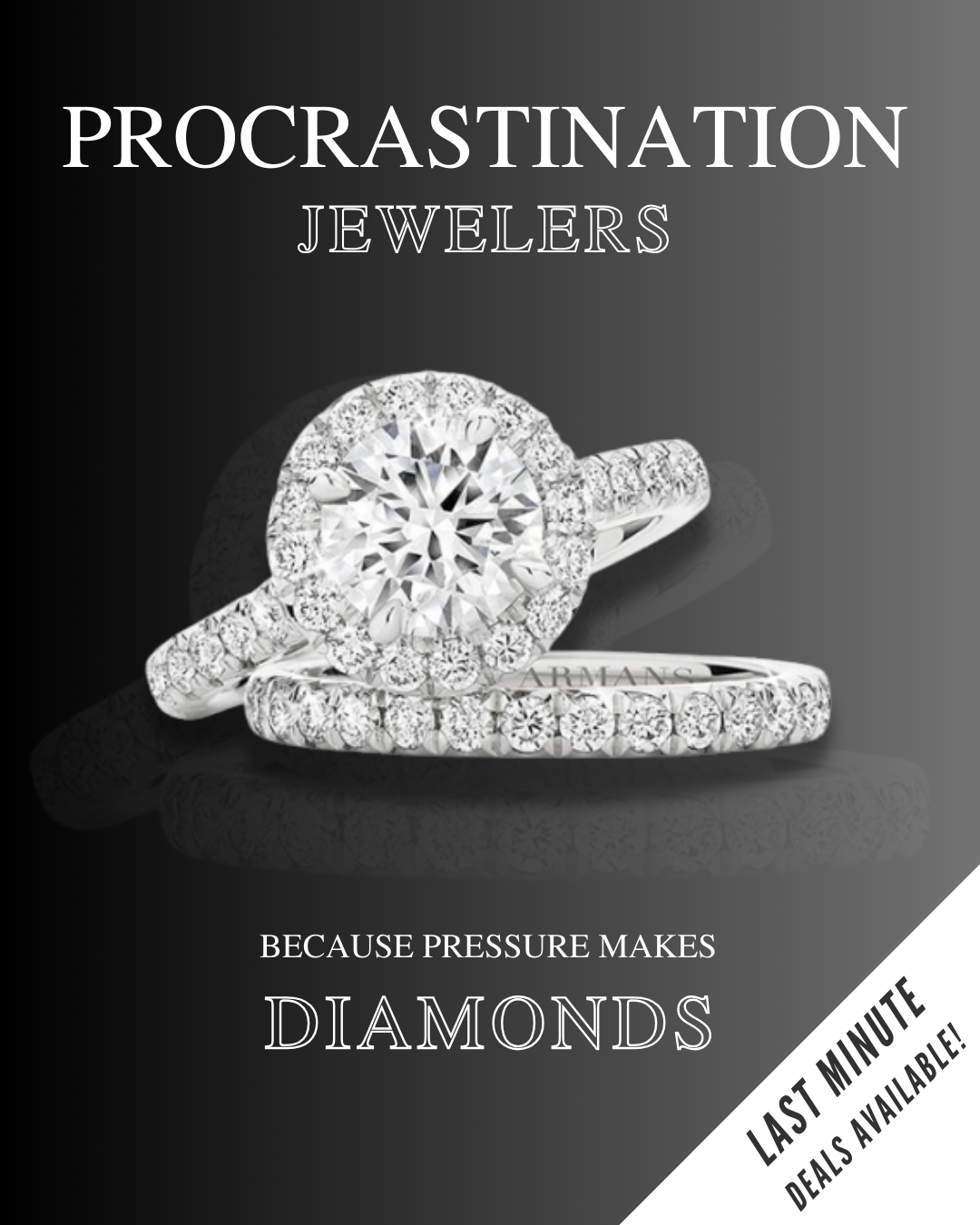- Maker: Rafaela Luzuriaga
- Genre: Soundscape/ASMR
- Level: Graduate
- Program: Composition, Rhetoric, and Digital Media
- Course: WRIT 5800: Editing, Layout, and Design
- Instructor: Dr. Eric Mason
- Semester Created: Winter 2024
Description
For my EDIT project, I wanted to get creative with the concept of a soundscape. To do this, I took inspiration from much of the content I personally consume and enjoy online, namely on visual social media platforms such as Youtube and TikTok. This content heavily relies on some form of ASMR mixed with daily vlogs — seemingly unscripted content, but which reveals a significant amount of planning and effort when analyzed further. In this project, my aim was to take this same genre of content and turn it into audio only as a form of pushing boundaries and exploring what works and doesn’t work. Since the inspiration content was so much about small and quotidian noises (e.g. bottles opening, silverware scraping on plates, water running, etc.), I thought this transfer would make the most sense. In the end, I ended up creating a “day-in-the-life” soundscape following a quiet — yet full of the noises of life — day in my own life.
Reflection
The process of creating this project was, unexpectedly, a lot less editing and a lot more planning, scripting, and recording. Upon deciding on this concept, I assumed the hardest and most time-consuming part would be the editing of the sound file itself, but this manifested differently. Yes, I sometimes struggled with editing on Audacity because of my limited experience with the app, but ultimately this was the part that took the least amount of time, and the one that flowed the smoothest. On the other hand, getting all of the recordings done took me more than two weeks.
This soundscape consists of many small recordings as well as chopped-up longer ones. While this proved slightly difficult to mesh together in the editing portion of the process, what was more of a challenge was getting the right recordings. Whether I was recording sounds or words, I found that I needed a few takes before being satisfied with the results, which stretched my expected timeline significantly. The recording I struggled the most with, for instance, was the first voice recording which follows the first noise recording (of an iPhone alarm), where I introduce my video-less vlog (slog?). In Steve Dunham’s book, The Editor’s Companion, the author shares some sound advice for editors: “The first words of any piece of writing reveal its focus (or lack of it)” (40). Later, he also says, “Writers, while they have the microphone, so to speak, can be tempted to inject their thoughts on unrelated topics…” (44). Both of these pieces of wisdom I found to be particularly relevant to my own experience making this project, with the latter being applicable both in literal and figurative meaning.
I, like many, am a rambly writer. I typically approach writing as a process wherein I dump as much as possible onto a page, and edit/cut significantly later. Even so, staying concise is a struggle. Especially when you know an audience of listeners is different than an audience of readers, and that listeners and their attention spans don’t often forgive tangents. This knowledge and Dunham’s advice is what helped me write and record my initial few words, which I felt were needed not for their content or focus, but as markers of separation in between routines. Each time of day — morning, afternoon, and evening — has their own spoken interlude.
Despite certain difficulties with recording along the way, I think this project taught me a lot about writing for a different medium than what I am used to, and I appreciate every bump along the way.
Source
Dunham, Steve. “Chapter 3: Editing for Focus.” The Editor’s Companion: An Indispensable Guide to Editing Books, Magazines, Online Publications, and More, Penguin Random House LLC, 2014, pp. 40-45.
